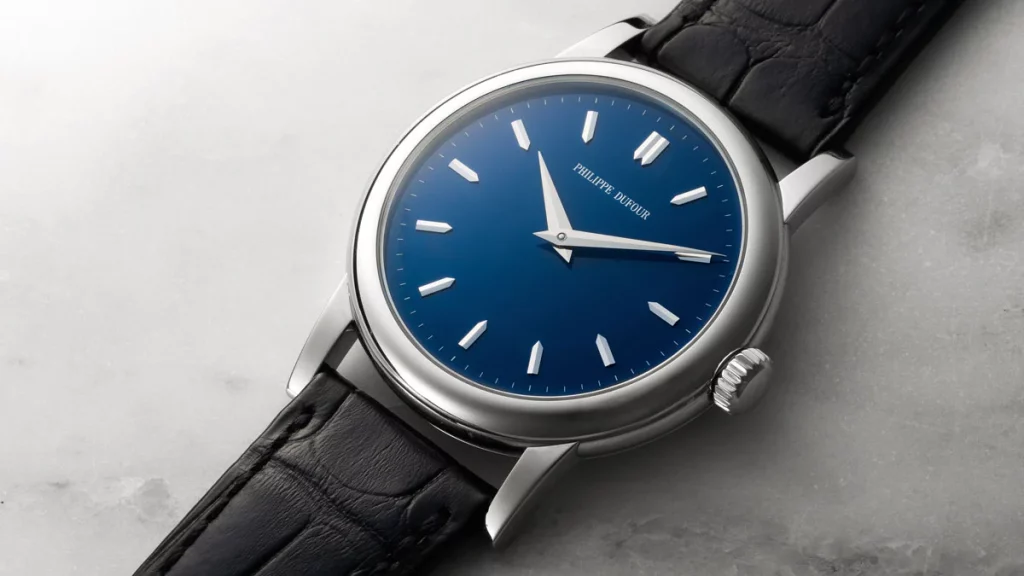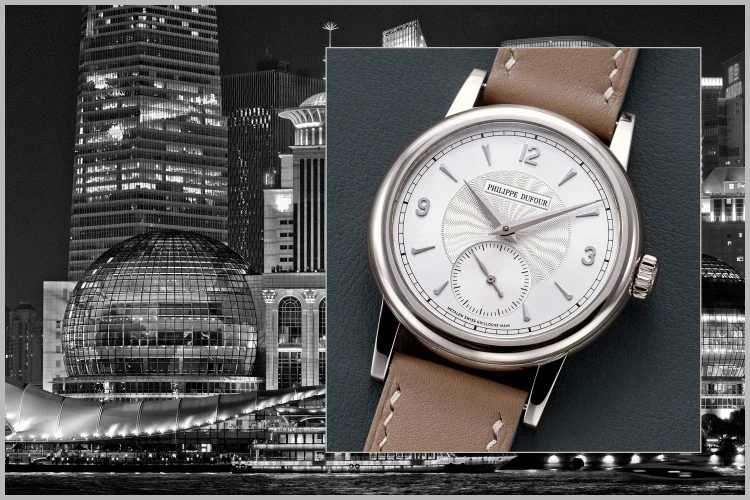In the realm of luxury and design, minimalism has long been a favored aesthetic—simple lines, restrained details, and an understated elegance that speaks volumes through what it omits. But in 2024, a subtle yet powerful evolution is unfolding among elite watch collectors and ultra-wealthy tastemakers: the rise of the ‘Quiet Watch’ movement. Characterized by watches stripped of the traditional markers of timekeeping bravado—no second hands, no logos, often almost eerily understated—this movement is redefining what it means to own and wear a luxury watch.
Far from being a practical trend aimed at clarity or legibility, the ‘Quiet Watch’ represents an intricate dance between conspicuous scarcity and conspicuous restraint. It’s an elite conversation piece and status symbol that requires insider knowledge to appreciate—precisely the kind of quiet confidence billionaires crave.
This article dives deep into this phenomenon, analyzing the rise of watches without second hands or logos, spotlighting landmark creations by master watchmaker Philippe Dufour alongside the unexpected influence of Apple CEO Tim Cook’s personal style choices, and unpacking the paradox that in this realm, extreme minimalism commands the highest prices.
The Phenomenon Explained: The Rise of Watches Without Second Hands or Logos
Traditional luxury watches have long relied on visual cues—sweeping second hands, conspicuous brand logos, intricate dials—to communicate precision, heritage, and craftsmanship. Yet, in recent years, a growing faction of collectors and designers has quietly rebelled against these conventions.
Watches that omit the second hand or brand logos might seem to undercut the very purpose of timekeeping or brand prestige. But their allure lies precisely in their quiet rebellion. These watches invite the wearer—and the observer—to slow down, look deeper, and recognize value beyond the obvious.
Removing the second hand alters how time is perceived. Instead of the relentless tick-tick marking every passing moment, the wearer experiences a more meditative flow of time—less urgency, more presence. It’s a tactile embodiment of modern mindfulness, expressed through watchmaking.
Similarly, the absence of a logo challenges the consumer culture of overt branding and status display. A watch without a logo says, “I don’t need to announce my wealth loudly; the quality and story behind this piece speak for themselves.” This silent exclusivity turns the watch into a private statement, signaling membership in an informed, discerning community rather than a mass market.
This phenomenon aligns with a broader cultural moment where ultra-wealthy individuals seek subtlety over ostentation, discretion over flashiness, and timelessness over trendiness.
Landmark Works: Philippe Dufour Meets Apple CEO Tim Cook
The ‘Quiet Watch’ movement owes much to the pioneering spirit of Philippe Dufour, often hailed as one of the greatest independent watchmakers alive. Dufour’s creations embody restrained perfection. Take, for example, his iconic Simplicity watch: it famously lacks a second hand and carries no brand logo on its dial. Its beauty lies in meticulous finishing, perfect proportions, and an almost spiritual devotion to traditional watchmaking craftsmanship.
Dufour’s Simplicity is not just a watch; it’s a manifesto. It quietly challenges the loudness of mainstream luxury watches and insists that refinement and excellence can—and should—speak without shouting.
Interestingly, the contemporary tech world has intersected with this quiet luxury ethos in unexpected ways. Apple CEO Tim Cook has been noted for his preference for minimalist watches—sometimes wearing a simple Hermès Apple Watch or classic, understated timepieces that avoid excessive branding or complications. Cook’s approach reflects a corporate culture shift that values clean design, functional elegance, and minimal distractions.
The convergence of these two worlds—traditional haute horology and sleek tech minimalism—suggests that the ‘Quiet Watch’ trend isn’t just about watches. It’s part of a larger lifestyle and mindset favored by billionaires who operate in the intersection of heritage and innovation.

The Ironic Reality: Minimalist Design Commands Premium Prices
The very term ‘minimalism’ might evoke images of affordable, pared-back simplicity. However, the ‘Quiet Watch’ movement exposes a fascinating paradox: extreme minimalism is often far more expensive than ornate complexity.
Why? The answer lies in the painstaking craftsmanship, rare materials, and years of expertise required to create a minimalist watch that truly transcends design clichés. Stripping away all but the essential elements leaves no room for error; every detail must be perfect. The finishing, the movement, the casework, and the dial—all must embody flawlessness, or the piece loses its integrity.
For instance, Philippe Dufour’s Simplicity watches command prices well into the high six or even seven figures on the secondary market. Their scarcity, handmade quality, and the philosophical statement they make elevate them to ultra-luxury status.
Meanwhile, minimalist watches produced by prestigious brands with limited editions—often featuring no logo or second hand—can sell for tens or hundreds of thousands of dollars, proving that the market values subtlety more than ever.
This irony also reflects shifting luxury consumer psychology. Today’s billionaires don’t seek to flaunt wealth through ostentatious displays but instead through refined, cryptic signals accessible only to those “in the know.” The quiet watch becomes a badge of exclusivity and cultural capital, a form of quiet power.
What the ‘Quiet Watch’ Movement Means for Luxury and Culture
The ‘Quiet Watch’ phenomenon is more than a trend; it’s a cultural statement about modern luxury, identity, and values.
It signals a move away from mass-market branding and overt status signaling toward a more introspective, mindful form of self-expression. The watch becomes less about telling time and more about telling a story—of craftsmanship, philosophy, and personal taste.
Brands that embrace this movement must master the art of subtlety: impeccable craftsmanship paired with storytelling that rewards informed connoisseurs. Consumers, meanwhile, are increasingly looking for pieces that harmonize with their desire for authenticity and understatement.
This movement may also foreshadow wider shifts in luxury markets toward sustainability and longevity, as minimalist designs often encourage timelessness over disposable trendiness.
Conclusion
The ‘Quiet Watch’ movement is reshaping what it means to wear and collect luxury timepieces in 2024. By stripping away the second hand and logos, these watches embrace a radical minimalism that speaks to billionaires’ desires for discretion, depth, and refined exclusivity.
From Philippe Dufour’s handcrafted masterpieces to the tech-inspired minimalism favored by Apple’s CEO, the quiet watch stands as a symbol of new luxury values—where less truly is more, but also far more expensive.
In this era, owning a quiet watch is not just about timekeeping. It’s about making a subtle, sophisticated statement in a noisy world.





































